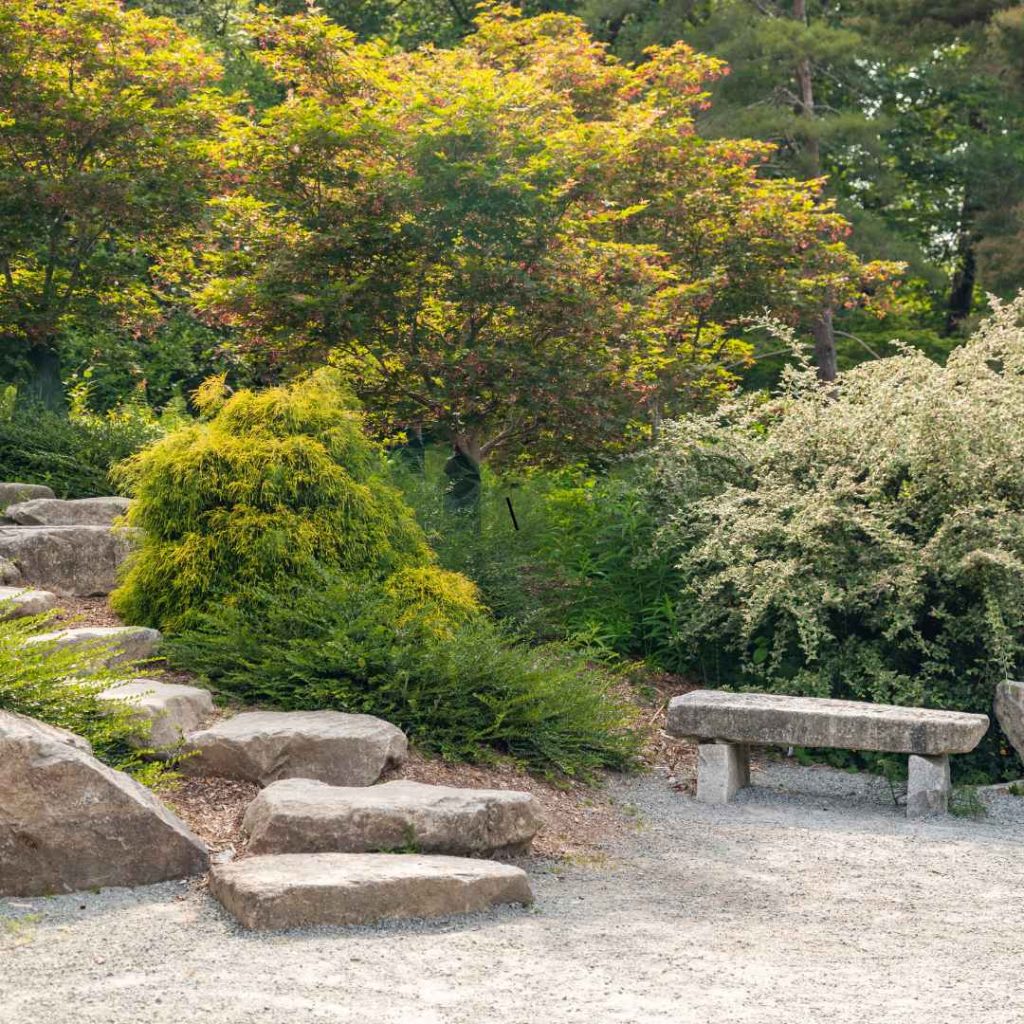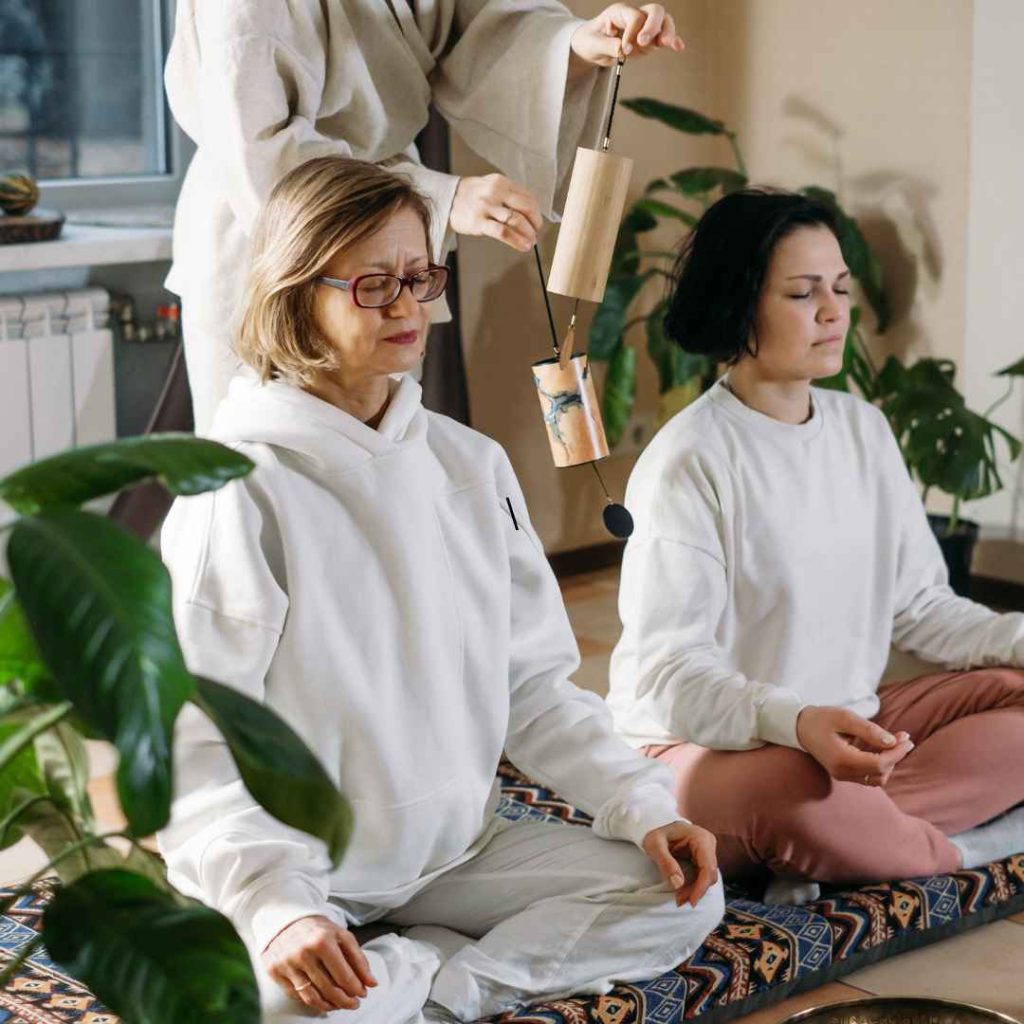If you feel overburdened, nervous, and cut off from the outside world, you’re not alone. These feelings are common in the frantic economy of today. Few stress-reduction techniques can compare to the enduring sense of tranquility that the environment can bring.
Healing gardens, which are peaceful, sensory-rich areas that promote psychological wellness, are one effective remedy. Everything altered with this realization.
If you’re searching for a straightforward, all-natural method to relieve stress and regain equilibrium, starting your own healing garden can be the solution.
Regardless of the dimensions of your outside space, I’ll lead you through the process of creating your peaceful haven in this book, offering helpful advice that will make the procedure simple and enjoyable.
A Healing Garden: What Is It?

An intentionally planned outdoor area that supports mental, emotional, and spiritual well-being is called a healing landscape. Healing gardens prioritize accessibility, tranquility, and stimulation of the senses in contrast to ornamental gardens.
They have their roots in the gardens of monasteries, which offered tranquility, medicinal plants, and healing spaces for introspection and nurturing. These days, they are utilized in residences, healthcare organizations, and areas dedicated to individual well-being.
Designing Your Healing Garden:
When designing your healing garden, pick a location that is peaceful, sunny, and offers a good mix of privacy and shelter. Determining your goal is crucial, regardless of how big or small your outdoor space is. Do you’re interested in a quiet area for meditation, a sensory-rich area, or a combination of both?
Here Are Five Simple-To-Grow Plants That Will Provide Both Aesthetics And Functionality To Your Therapeutic Garden:
Stress-relieving and sleep-promoting lavender (full light, well-draining soil).
with sun or moderate shading, chamomile promotes calmness and aids with digestion.
Lemon balm: It can be used virtually anywhere to improve mood and mental focus.
Echinacea— Immune support (accommodating to dryness and bright sunlight).
Rosemary: Memory and concentration (full light).
Design Guidelines For a Therapeutic Garden:

Plan your space to promote leisurely strolls and attentive monitoring. Curvy walkways can be used to direct exploration and to create points of interest that encourage halt, such as benches, artwork, or fountains.
Organic patterns like stones, timber, and gravel add to the feeling of stability. For convenience, if feasible, use smooth floors or elevated beds so that people of all skill levels can enjoy the vicinity.
The Greatest Stress And Anxiety-Relieving Garden Plants:

Select plants that are recognized to have calming properties. For their soothing scents and delicate aesthetics, lavender, chamomile, lemon balm, jasmine, and rosemary are perfect.
These herbs can enhance the standard of your sleep and lessen anxiousness. In aromatherapy, lavender specifically has a proven track record of lowering anxiety, according to Natural Realities.
Developing a Peaceful Garden Setting:
Developing a mindful landscaping setting promotes introspection and awareness. This might be a peaceful seat, a Zen sand landscape or just a basic exercise or meditation station.
These spaces ought to feel both open and confined, and they are supposed to be encircled by vegetation that capture sunlight or swing softly to produce a meditative environment.
Healing Garden Ideas For Congested Spaces:
Minimal space doesn’t have to mean fewer implications. Utilize wall-mounted planters, hung baskets, and rooftop greenhouses to maximize growing area. Fold able furniture and adaptable fountains add versatility. A container-based botanical garden with lemon balm, thyme, and rosemary can offer immediate cooking and sensual advantages.
Healing Landscapes And Mental Health Care:

Depression, anxiety, and PTSD are among the psychological disorders for which healing gardens are being utilized more and more. Working together with horticulture psychologists can assist in creating individualized treatment plans.
In Summary,
cultivating a healing garden is a way to practice mindful existence and care for oneself. What counts most is the bond it creates between you and nature, regardless of how big or little your planted refuge is.
Start with a few tactile plants, establish the goal of your protection, and let your recuperation garden to develop naturally as a space for peace, healing, and happiness
